By Mother Martha
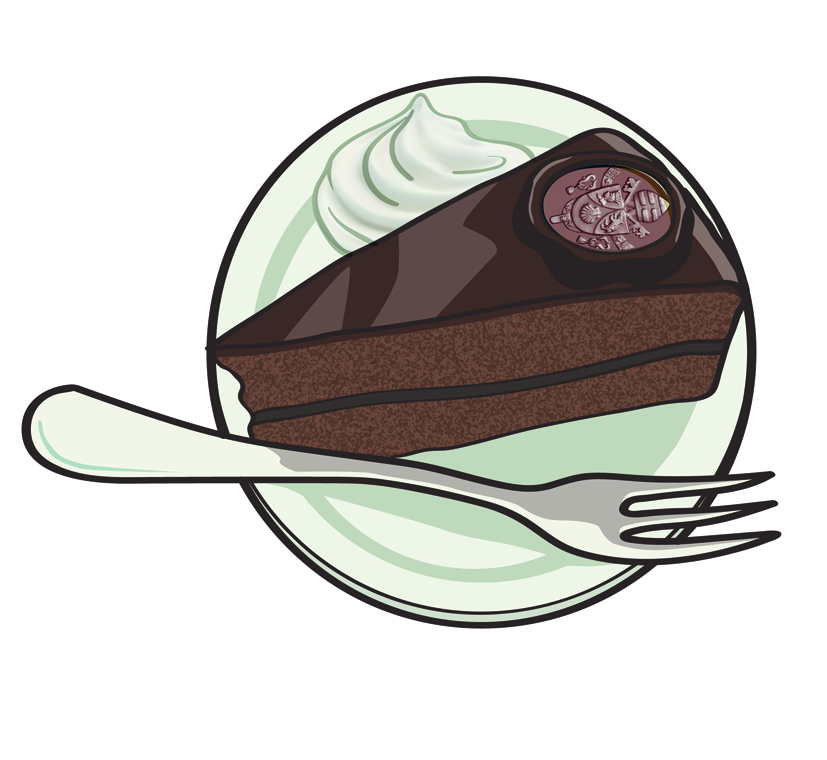
All his life Joseph Ratzinger was devoted to his close-knit family, theology, music (especially Mozart, Bach, and Beethoven), cats, and food. His close attachment to food, especially sweets. was due to his mother, Maria Peintner.
Born in Mülbach in Bavaria, though some sources say in the South Tyrol (today Italy), on January 8th, 1884, the oldest of eight children, she was the illegitimate daughter of a baker. To help support the family Maria trained as a cook and, according to Peter Seewald, in his biography Benedict XVI: A Life, published in 2020, “worked for a Czech violinist in Salzburg, in the home of General Zech in Wiesbaden, and then in Munich’s Hotel Wittelsbach as a pastry chef. Some years later she worked as a cook for two seasons in Reit im Winkl, a small ski resort, at the Pension ‘Glück im Winkl.’”
Her life changed in 1920 when on July 11, she answered an ad placed by Joseph Ratzinger Sr. (1877-1959) in the newspaper Liebfrauenbote; he was looking for a wife. They married on November 9th of that year. He was 43 and she 36. The first child, Maria, who became her younger brother’s housekeeper, was born in 1921; Georg, the priest-musician, in 1924, and Joseph in 1927.
Joseph Sr. was a small-town policeman of modest agricultural origins; because of his anti-Nazi sentiments (he called Hitler “The Anti-Christ”), the family couldn’t live in government barracks and was often transferred to smaller and smaller places so it became impossible for Maria to continue working. In 1933, Joseph Sr. bought an old farmhouse (1726) at Eichenweg 33 in Hufschlag on the outskirts of Traunstein. They moved there just in time, in 1937, so the family always had fresh food during World War II.
Not surprisingly, many of Benedict XVI’s favorite foods had Bavarian origins. They include spätzle (tiny Bavarianstyle gnocchi with spinach or with bacon and cheese), canederli or knődel, consommé with strips of omelet, potato pancakes, and sausage from Regensberg where he taught at the University from 1969-77 and co-founded the theological journal Communio and where his brother Georg was choirmaster.
After these main-course dishes he chose one of his favorite sweets: Kaisermarren, Sachertorte, rotolo alla Foresta Nera, or Black Forest cake and apple strudel.
On November 25, 1981 Pope John Paul II appointed Ratzinger Prefect of the Congregation for the Doctrine of the Faith. He moved to Rome with his sister and lived in an apartment on the fourth floor, directly across the street from the Vatican’s Gate of St. Anna. Before long he started going regularly (at least once a week) to savor his Bavarian favorites at the Cantina Tirolese, a two-storied family-owned restaurant at Via Vitelleschi 26, tel. 011-3906-68136804, [email protected], a short (5-minute) walk from home.
Founded in 1971 by Gherti Macher from Graz and her Italian husband, to the best of my knowledge it’s still the only German/Austrian restaurant in Rome. Ratzinger always sat at Table 6. The daughter of the founder, Manuela, who died at the age of 54 in 1994, and mother of the present owners, Riccardo and Mario, liked to recount her favorite Ratzinger anecdote: A client who’d lost his dog, pinned up a sign: “Has anyone seen this German shepherd?” When Cardinal Ratzinger saw it, he supposedly said, “No, no, that’s not me; I’m here.” Needless to say, when Ratzinger was elected Pope and could no longer go there, he wrote the Machers a note saying: “Thank you for making me feel at home,” and the Machers always sent him an apple strudel for his birthday on April 16. He always thanked them, so they knew he enjoyed them.
Over his many years in Rome, the Pope Emeritus also learned to appreciate Italian cuisine. Before becoming pope he also occasionally ate at Al Passetto in Borgo Pio around the corner from his apartment. There his favorites were spaghetti alla carbonara and artichokes alla romana.
In a recent interview with the newspaper La Repubblica, Sergio Dussin from Bassano del Grappa, a former soccer referee, the owner of Il Pioppato and Dalla Mena in Romano d’Ezzelino and Villa Razzolini in Asolo, and consulting chef to the three last popes, revealed that Benedict XVI disliked mushrooms, but enjoyed his tortelli con ricotta e spinaci, his veal scallopine with radicchio from Treviso and his zucchini flan with saffron cream sauce. One of Dussin’s prized possessions is a goblet still stained with orange soda, which Ratzinger usually drank at meals, though he enjoyed toasting with Franziskaner Weissbier, a light monk-made brew, or with sweet sparkling Moscato.
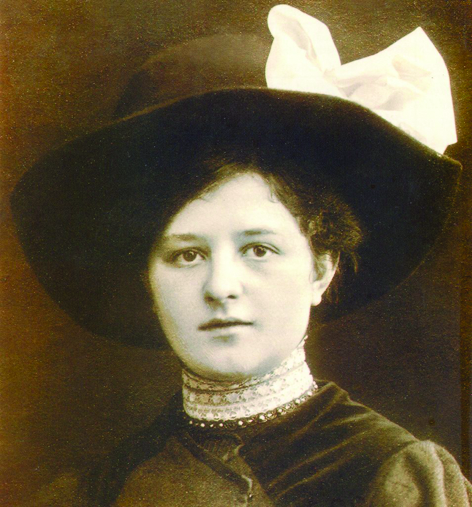
Maria Peintner, Joseph Ratzinger’s mother

Kaisermarren
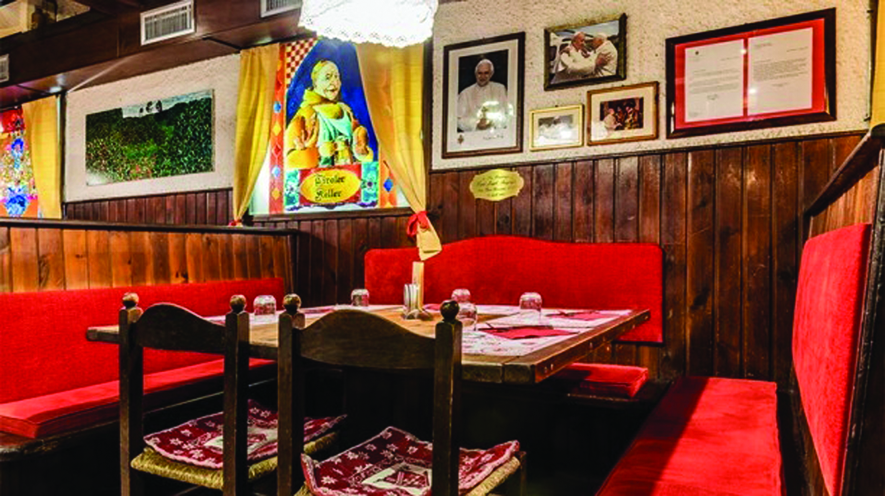
Ratzinger’s table at Cantina Tirolese in Rome
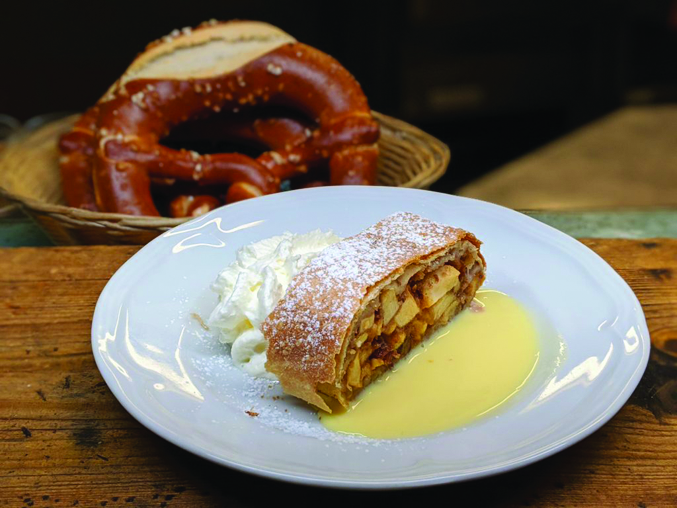
Strudel and Bretzel
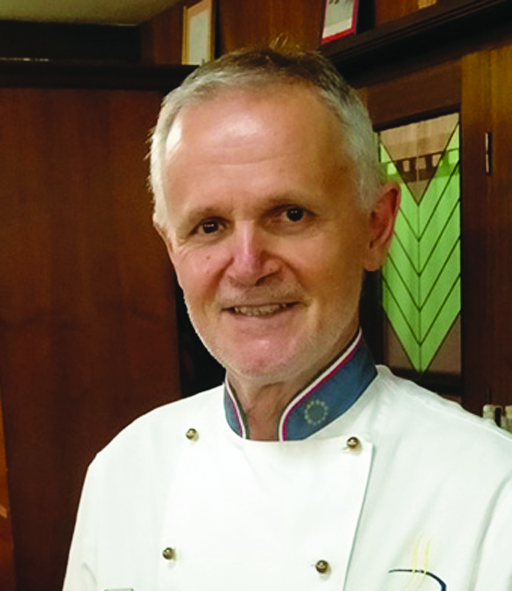
Chef Sergio Dussin






Facebook Comments